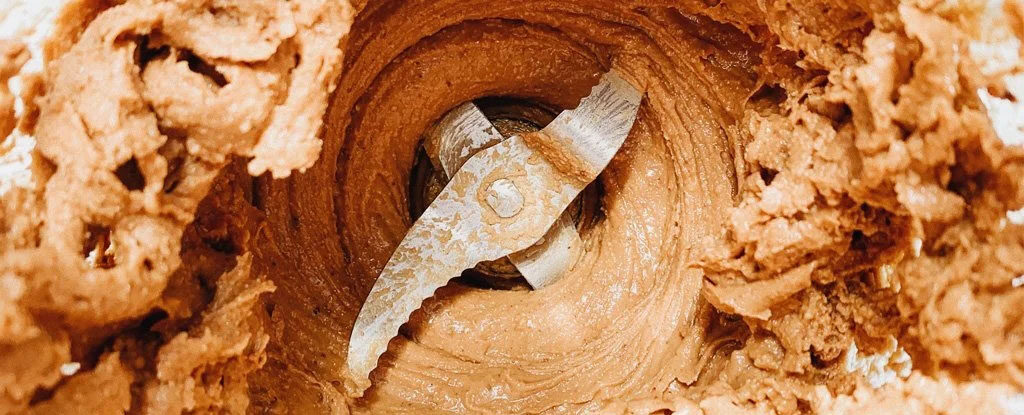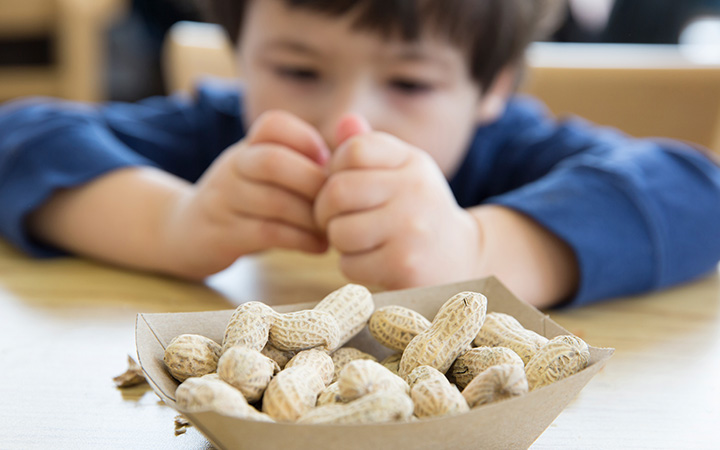New Medicine May Protect Children with Peanut Allergy

There are several food allergies, but peanut allergy is one with the most potential to cause anaphylaxis, a serious allergic reaction that could be life-threatening. In the United States, an estimated 1.8 million children are allergic to peanuts. Many children in Australia, Canada and the United Kingdom also exhibit allergic reactions to peanuts. However, researchers have yet to find why the issues with peanuts are not very common in other countries such as the Philippines, Korea, Thailand, and China.
The clinical director of the division of immunology at Boston Children’s Hospital, Andrew MacGinnitie, MD, and Ph.D. explained that the body labels the thing that causes allergy as dangerous, and the body’s immune system reacts to it by causing the person to exhibit reactions such as vomiting, sneezing and breaking out with hives. The body releases histamines to get rid of the allergens. However, when the body reacts severely, and more chemicals are released, the person can have breathing problems, and the blood pressure drops to a serious level.
Therapy and medicine
A few years back, researchers looked into the possibility of re-educating the immune system to not find peanuts as dangerous food. They fed small amounts of peanut flour to children so they can build a tolerance. The introduction of the food was gradual. They increase the amount of peanut flour each day until 85% of the participants could eat 300 mg of the substance, which is tantamount to a single peanut.
The research led to the development of new medicine, Palforzia, made from peanut flour, meant to treat children between the ages of four and seventeen. A higher initial dose is administered in a healthcare setting, and the succeeding doses can be given at home, at one dose each day for several months. The medicine received FDA approval at the end of January 2020.
Doctors caution that parents with children who have peanut allergies should consult a medical practitioner before giving them peanut flour. The medicine requires a prescription. Moreover, doctors stress that Palforzia is a treatment, but not a cure. It can help reduce severe allergic reactions. The medicine is in powder form and mixed with semi-solid food, such as puddings, yogurt or applesauce.

Understanding peanut allergy
A peanut allergy is your body’s reaction to the food that it sees as harmful. Your immune system overreacts to the substance, causing you to display adverse reactions as your body releases histamines and other chemicals into the bloodstream. The chemicals affect the blood vessels and different tissues in your body, such as the lungs, intestinal tract, airways, nose, eyes, and skin.
Mild symptoms include tingling on your tongue or lips, hives, itchy eyes, runny nose, or stomachache. However, some people exhibit adverse reactions, such as anaphylaxis, which is life-threatening. When this occurs, you may have difficulty swallowing and breathing, diarrhea, vomiting, very low blood pressure, and dizziness. Your throat, tongue, lips, and other parts of your body may become swollen, and in some cases, you may lose consciousness. Anaphylaxis may occur immediately, but there are instances when the symptoms occur several hours after consuming peanuts.
Incidentally, peanut allergy is hereditary. You have a 7% chance of having an allergy to peanuts if you have a relative who is allergic to it. Be sure to consult a doctor if you suspect that you or your child is allergic to peanuts so they can prescribe the right treatment. There are wearables in the works, as well as allergen sensors that can help people with various food allergies.